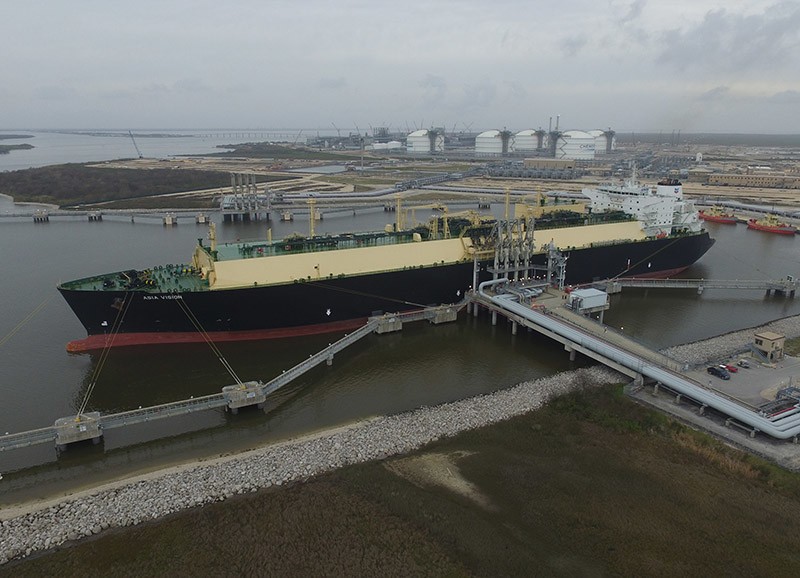U.S. natural gas producers are used to staking much of their revenue streams on an accommodating thermometer at home, but this year kicked off with a boost from the other side of the world.
A widespread freeze across northeast Asia in early January forced importers of liquefied natural gas (LNG) in China, Japan and South Korea to pay record high spot prices, aggravated by a surprise shortfall of available tankers, according to reports. As gas producers know all too well, however, winter price spikes notoriously fizzle as the weather warms and the demand for heating fuel cools. Temperatures in Beijing plummeted to a reported minus 3º F in early January, before warming to a balmy 43º F on Jan. 20.
On Jan. 8, the average LNG price for February delivery into northeast Asia reached a high of $21.45 MMBtu, according to S&P Global Platts estimates, which jumped from $14.60 MMBtu in the week prior. “The increase in demand in Asia is very resilient,” said Charif Souki, chairman of upstart Tellurian Inc., Houston, rebuffing doubts over whether the early 2021 uplift is sustainable.
Tellurian plans to begin construction this year on its Driftwood LNG export terminal south of Lake Charles, La., with initial production slated for the end of 2024. Driftwood is engineered for a capacity of 27.6 million tons/year, and upon first cargo, will be the fifth LNG export facility along the Louisiana and Texas coasts.
Premier exporter Cheniere Energy Co., also of Houston, provided no details on early 2021 cargo or prices from its pacesetting Sabine Pass and Corpus Christi export terminals off Texas, but said positive signs were emerging midway through the fourth quarter. The first nine months of 2020 were slammed by cargo cancellations from Covid-induced lockdowns, a hyperactive hurricane season and fears of a gas storage glut in Europe. “The reduction in LNG supply from curtailments helped avert a storage crunch in late summer and position the market to start responding positively to the rebounding gas and LNG demand we’re now seeing in many countries as we head towards the winter season,” Executive Vice President Anatol Feygin said in a Nov. 6 call.
Tellurian’s Souki, the founder and former chief of Cheniere, said in a Jan. 12 address that the last time the LNG market faced similar price spikes was in 2014-2015, just as the global industry was preparing to add 150 million tons of LNG processing capacity. “The difference now is that we are building only 50 million tons (of capacity),” which he said will be insufficient to stave off a deficit in the LNG supply-demand equation. “Early this year, the signals we were receiving from markets everywhere in the world is there’s a very significant global gas shortage.”





